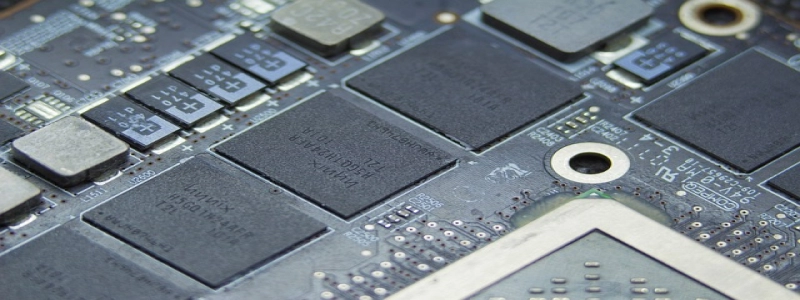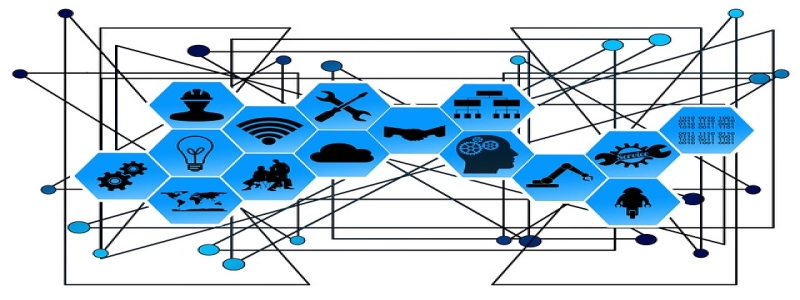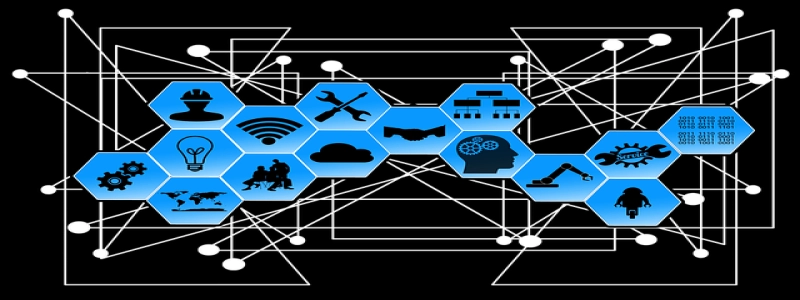Metro Ethernet
I. Introduction
A. Definition of Metro Ethernet
B. Importance of Metro Ethernet in modern networking
II. Benefits of Metro Ethernet
A. High Bandwidth
B. Cost-effective Solution
C. Scalability
D. Flexibility
III. Implementation of Metro Ethernet
A. Equipment and devices required
B. Physical infrastructure setup
C. Configuration and management
IV. Use cases of Metro Ethernet
A. Business organizations
B. Education sector
C. Internet service providers
V. Challenges and Solutions
A. Network Security
B. Service Quality
C. Network Congestion
VI. Future of Metro Ethernet
A. Advancements in technology
B. Role in the development of 5G networks
I. Introduction
Metro Ethernet is a technology that enables high-speed Ethernet connections within metropolitan areas. It provides reliable and cost-effective networking solutions for businesses, organizations, and service providers. In today’s digital age, where data transfer and communication are essential, Metro Ethernet plays a crucial role in ensuring efficient connectivity.
II. Benefits of Metro Ethernet
A. High Bandwidth: One of the significant advantages of Metro Ethernet is its ability to deliver high bandwidth connectivity. With speeds ranging from 10 Mbps to 100 Gbps, businesses can handle large data transfers, real-time applications, and multimedia content without any lag or delay.
B. Cost-effective Solution: Compared to traditional leased lines or legacy networks, Metro Ethernet offers a cost-effective solution. It eliminates the need for multiple connections, reduces operational expenses, and provides a more affordable alternative for organizations looking to expand their network infrastructure.
C. Scalability: Metro Ethernet allows for easy scalability, enabling businesses to increase their bandwidth as per their requirements. Whether it is adding more users or accommodating higher data volumes, Metro Ethernet can efficiently scale up without major infrastructure changes.
D. Flexibility: Metro Ethernet provides flexibility in terms of connectivity options. It allows organizations to choose between point-to-point connections, point-to-multipoint connections, or even mesh networks depending on their networking needs.
III. Implementation of Metro Ethernet
A. Equipment and devices required: To implement Metro Ethernet, organizations need Ethernet switches, routers, and network interface cards compatible with Metro Ethernet standards. These devices facilitate the transmission of Ethernet frames over the metropolitan area network.
B. Physical infrastructure setup: Organizations need to establish physical connectivity between their locations and the service provider’s network. This involves laying fiber optic cables or utilizing existing infrastructure to extend the network coverage.
C. Configuration and management: Once the physical setup is complete, the Metro Ethernet network needs to be configured and managed. This includes assigning IP addresses, setting up VLANs, configuring Quality of Service (QoS) parameters, and ensuring proper network security measures are in place.
IV. Use cases of Metro Ethernet
A. Business organizations: Metro Ethernet is widely used by businesses to connect their multiple locations within a metropolitan area. It enables seamless data transfer and communication between offices, ensuring efficient collaboration and workflow.
B. Education sector: Educational institutions often need high-speed connectivity for various purposes, including online learning, research, and video conferencing. Metro Ethernet allows them to establish reliable and fast connections between campuses, facilitating better resource sharing and improved learning experiences.
C. Internet service providers: Metro Ethernet is also utilized by internet service providers (ISPs) to deliver high-speed internet connections to end-users. It provides a cost-effective way for ISPs to extend their network coverage and offer reliable broadband services to residential and commercial customers.
V. Challenges and Solutions
A. Network Security: Metro Ethernet networks face security challenges, including unauthorized access, data breaches, and malware attacks. Organizations need to implement robust security measures such as encryption, firewalls, and intrusion detection systems to safeguard their sensitive data.
B. Service Quality: As the number of users and data traffic increases, maintaining service quality becomes essential. Organizations should prioritize Quality of Service (QoS) configuration, traffic management, and network monitoring to ensure consistent and reliable network performance.
C. Network Congestion: Metro Ethernet networks may experience congestion during periods of high traffic. Organizations can mitigate this issue by implementing traffic engineering techniques, utilizing load balancing devices, and appropriately provisioning their network resources.
VI. Future of Metro Ethernet
A. Advancements in technology: The future of Metro Ethernet is promising, with continuous advancements in technology. Higher bandwidth capacities, improved network management tools, and enhanced security features will further enhance the capabilities of Metro Ethernet in meeting the growing networking demands.
B. Role in the development of 5G networks: Metro Ethernet will play a crucial role in the development of 5G networks. It will act as the backhaul network, connecting the 5G base stations to the core network. Metro Ethernet’s scalability, flexibility, and high-speed capabilities make it an ideal choice for supporting the increased data traffic and low-latency requirements of 5G networks.
In conclusion, Metro Ethernet offers numerous advantages in terms of high bandwidth, cost-effectiveness, scalability, and flexibility. Its implementation requires the right equipment, physical infrastructure setup, and proper configuration. Metro Ethernet finds application in various sectors, including businesses, education, and internet service providers. While it faces challenges such as network security and congestion, these can be addressed through appropriate measures. The future of Metro Ethernet looks promising, with advancements in technology and its significant role in the development of 5G networks.








